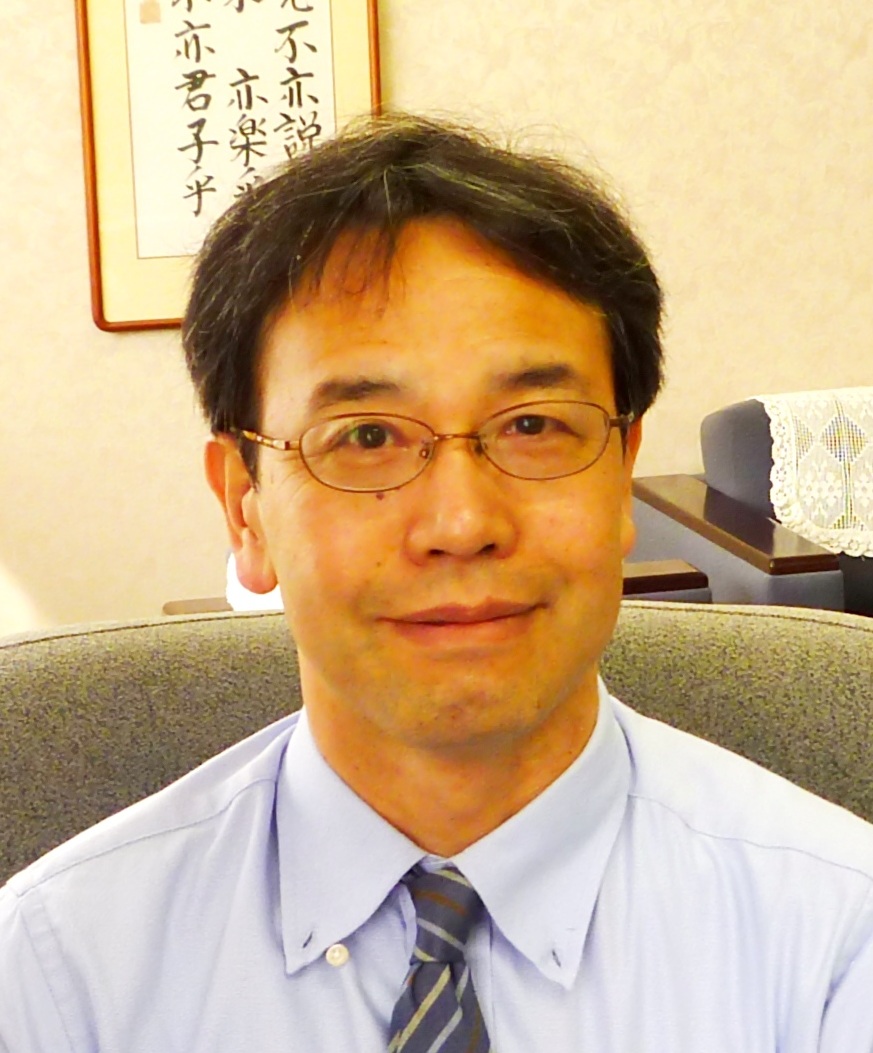Director's Greetings

We are pleased to report our annual activities in 2013. First of all, major renovation of both the AVF and Ring cyclotrons were carried out. A beam buncher and a solenoid lens were added in the axial injection line to the AVF cyclotron. A part of the AVF Dee electrode was renewed to solve leaks of the cooling water. Acceptance of the injection and extraction channels to the Ring cyclotron was increased and a fine RF tuning mechanism was introduced to the FT resonator.
Because of the accelerator renovation, the beam-time was rather limited. However, intensive researches were carried out in order to elucidate properties of nuclei at the cyclotron facility. Using the high-resolution magnetic spectrometer Grand Raiden, super-deformed band-heads in 32S have been identified from the alpha inelastic scattering. Series of charge exchange reactions have revealed existence of Gamow-Teller phonon excitations due to two fermonic degrees of freedom (protons and neutrons). A precise constraint on the symmetry energy of the nuclear equation of state (EOS) has been extracted from proton inelastic scattering on 208Pb. A second-generation ultracold neutron (UCN) source equipped with a super conducting polarizer has been constructed, and polarized UCN has been successfully extracted.
For the Laser-Electron Photon facility at SPring-8, the first photon beam was successfully produced by laser backward Compton scattering on January 27, 2013 in the new beam line (LEPS2) at SPring-8. The large acceptance electromagnetic calorimeter (BGOegg) was set up in the LEPS2 experimental building and the construction of the detector system for the LEPS2 solenoid spectrometer is in progress. The hadron physics experiment has been started with the BGOegg in the end of 2013.
Theoretical researches have been performed based on microscopic description with close link to experiments, which can be achieved by having tools of reactions. This general idea is applied to extract the dynamics of heavy hadrons, of various baryon resonances and of variety of exotic nuclei.
Sincerely yours,
Takashi Nakano
Director of Research Center for Nuclear Physics
